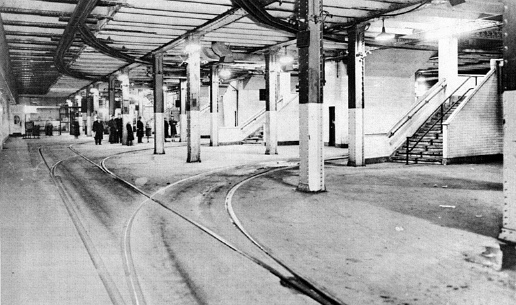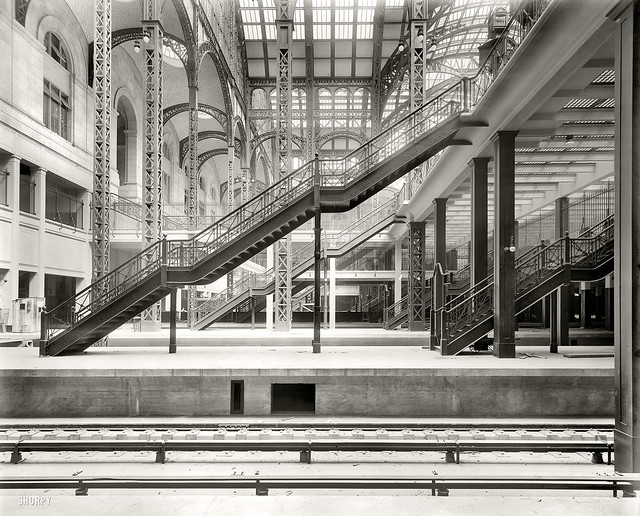While I’m on the topic of tabloid coverage of transit, let’s consider the MTA’s post-Sandy spending spree and Nicole Gelinas’ recent questioning of the agency’s dollar figures. In light of the fact that it’s been a whopping seven months since Sandy and that service to the Rockaways will resume in a week, Gelinas claims that the MTA pulled its $6 billion post-Sandy price tag out of thin air and “has no clue how to spend $6 billion to keep our antique subway system dry.” Her argument rests on the fact that Andrew Cuomo, the public face of the MTA’s post-Sandy funding requests, has never said how his office and the MTA arrived at the final total.
On the one hand, Gelinas’ coverage of the MTA’s budget is usually pretty spot-on. She’s highlighted the ever-increasing labor costs and the impact pension obligations have on future fare hikes and service cuts. But on the other hand, her claims in this week’s columns are off base. I’ve been told by a few sources within the MTA and outside of it that their repair estimates were not just cobbled-together guesses. The FTA, the federal body that approves these funding requests, reviews the assessment process and helps estimate repair costs. Essentially, anything under water will have to be replaced, and the MTA and FTA worked to figure out what exactly was under water and how much replacement parts and efforts would cost. The MTA is still working on mitigation plans that will not come free or cheap either.
In fact, Gelinas’ piece runs the risk of drying up the well of federal money for disaster relief and mitigation. All governing bodies, from the state-run transit agencies to municipality-run DOBs, need flexibility in assessing spending requests, and the MTA has only just begun its work. Extensive efforts to replace parts in the East River Tunnels will commence soon enough and a plan for South Ferry will be put in place. Instead of objecting to costs reasonably estimated by everyone involved, maybe a better investigation would involve focusing on why everything costs so much to build in the first place. That is, at least, a legitimate concern.




